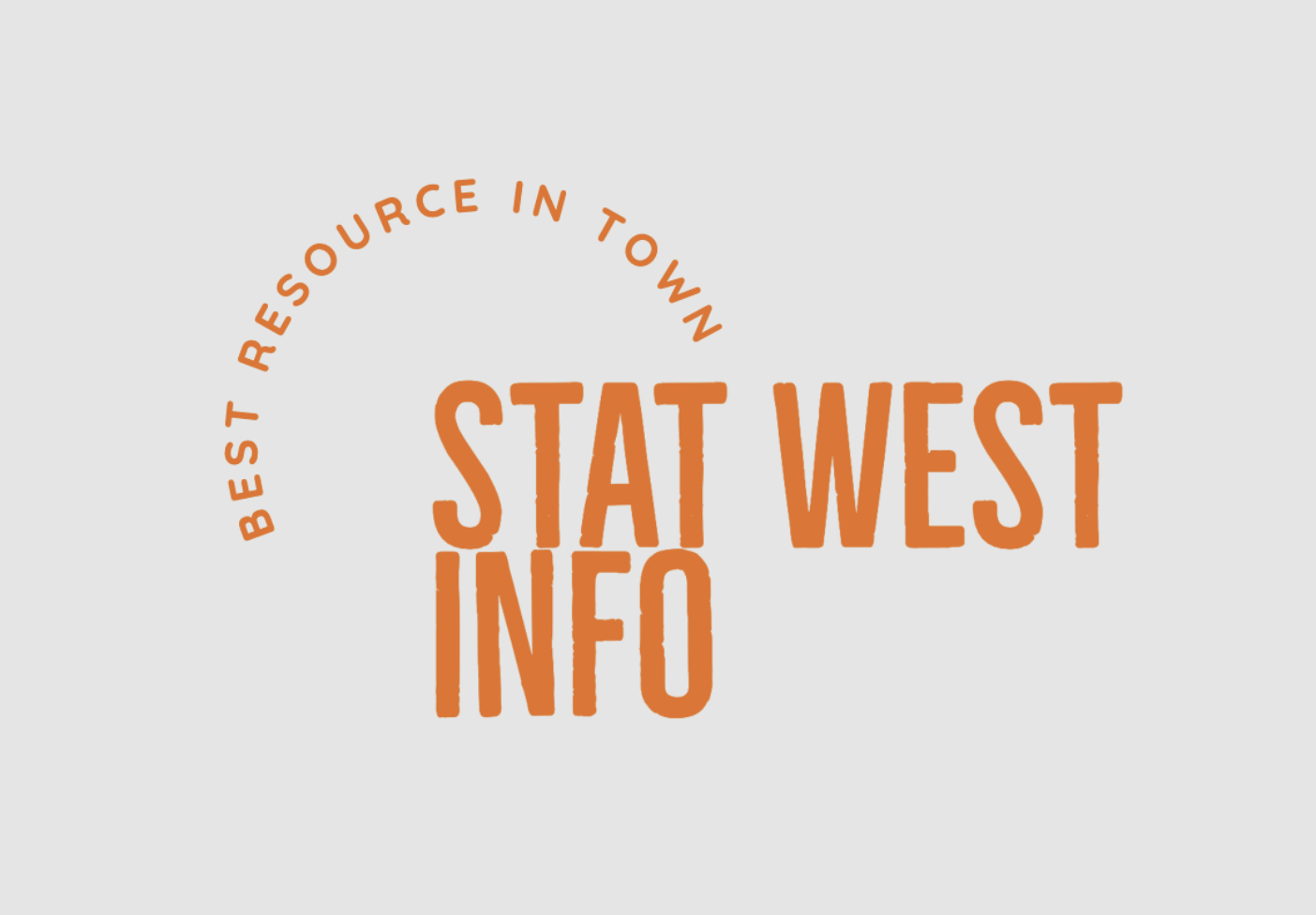Understanding your situation before making a decision is one of the most critical steps in making a sound decision. These steps include determining your problem, managing risk, and developing a plan. Apply these steps when you’re confronted with a difficult decision. Then, you’ll be on the road to making the right choice. This article discusses the six steps to good decision-making. In this article, we’ll cover how to identify the main issues you need to address before making a decision, including deciding which steps are the most important. In addition, you might want to enroll in decision making courses online to learn more.
Understanding your situation
If you have made a choice in the past and regret it, you’re not alone. Most of us make decisions based on what we’ve learned from previous experiences and the facts and figures. So why are we prone to snap decisions? How can we be sure we’re making the best choice?
Identifying the underlying problem
The first step in the decision-making process is to define the underlying problem. Often, the most critical factor determining whether a decision will be successful is not immediately apparent. The problem’s history helps you understand the magnitude of the problem and the difficulty of resolving it. Unfortunately, most people don’t want to change their current affairs.
To make a good decision, managers must understand the underlying problem. This may include identifying the scope of the problem and determining the stakeholder’s roles in it. It’s also important to know the limits of the decision and its process. Managers should define the problem first so that they can identify the alternatives. Once they have determined the problem, they should begin making decisions based on this new knowledge.
Managing risk
There is no denying that a company’s success or failure lies in how well it manages risk. However, many executives make business decisions based on their gut instinct rather than the critical criteria of sound decision-making. For example, when faced with a pandemic outbreak, 64% of executives admitted to speeding up their decision-making process. Similarly, 48% of executives admitted not applying a rigorous decision-making process.
Managing risk involves using multiple tools to analyze risks. Risk analysis may be iterative, starting with a high-level, high-detail analysis. Risk management can include accepting or rejecting a risk and specific measures to reduce it. In the case of a business, risk management should involve a process for measuring and communicating all risks. However, it is essential to note that the level of risk management varies from one company to another.
Developing a plan
There are many different types of decisions that need to be made. While some are straightforward, others are complicated and risky, leaving people with mixed emotions. Sometimes decisions can make or break a project, while others involve complex interpersonal issues. The process is designed to increase the quality of your choices, increasing the chances of a positive outcome. To get started, consider the types of decisions you will need to make.
First, define the problem or question you’re trying to answer. Doing so will help you avoid the potential for groupthink and escalating commitment. In addition, it will ensure the logical structure of your decision-making process. Once identified the problem, clarify the goal or outcome. If you can involve stakeholders, ensure that they understand the rationale behind your decision-making process.
Staying organized
When it comes to good decision-making, staying organized is essential. Being organized helps you avoid side-tracking and keep track of deadlines. Managing your home is the key to being more productive, especially when delegating tasks. Using a calendar alert system will keep you on track and eliminate the risk of forgetting a deadline. Also, by staying organized, you can be more aware of your strengths and weaknesses.
A highly organized person makes sure they have a place to file their documents and stay organized. They also spend time managing their workspace, as clutter can cause disorganization. Keeping their space organized allows them to focus more on other essential tasks. An organized life will give them more time to enjoy their things and lead them to make better decisions. They don’t rely on memorization and don’t let it become a habit. Instead, they take action and use it to plan their lives.
Monitoring progress
If you are responsible for a project, you should consider using progress monitoring to help you achieve your goals. In addition, progress monitoring can help you adjust your plans if necessary. For example, if a critical step takes longer than expected, you may consider extending the deadline or changing your goals. On the other hand, if your team is on track and you don’t see any signs of sluggishness, you might want to keep pushing the deadline.
A successful progress monitoring program requires valid, reliable assessments. The assessments must align with the standards and measure the intended outcomes. The assessment plan should also be fair so it doesn’t take away valuable instructional time. The next step in monitoring is analyzing the data collected. If the data are inconsistent or missing key information, you won’t be able to determine whether a student is progressing toward the goal. Without an accurate baseline and a behavior plan, progress monitoring is not possible.




